Understanding Left-Turning Tendencies in Airplanes
Northstar VFR
MARCH 16, 2025
Torque is most noticeable when power is applied suddenly for example, during takeoff. As the propeller spins, it creates a spiral pattern of airflow that wraps around the fuselage and strikes the left side of the vertical stabilizer (rudder). Lets take a quick look at all four of them: 1.

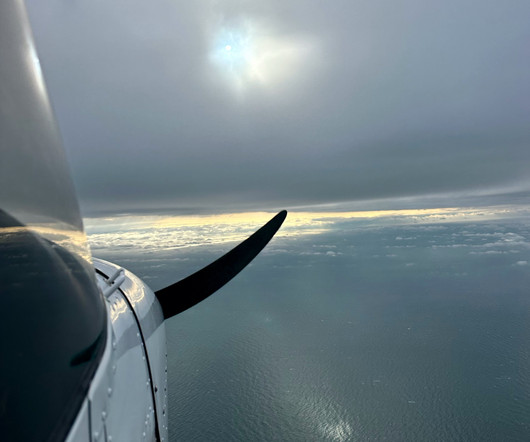

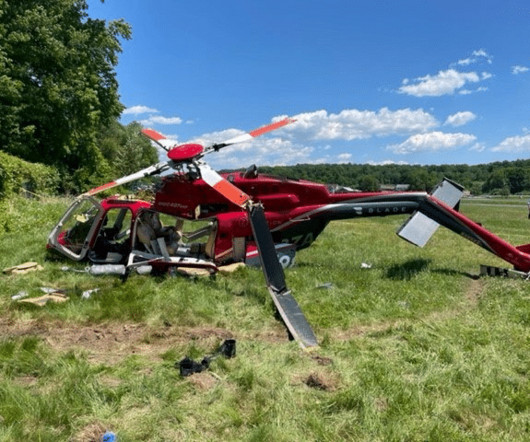
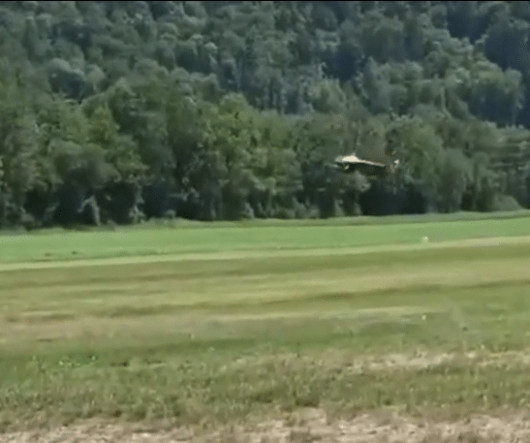



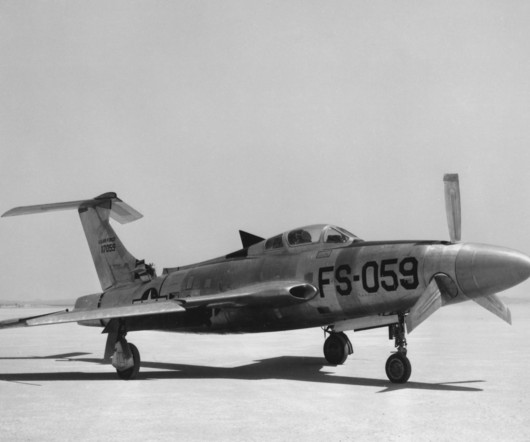
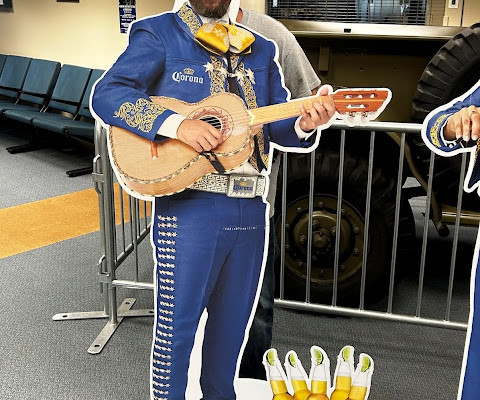


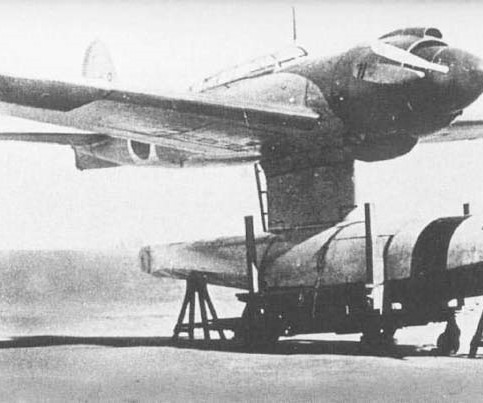
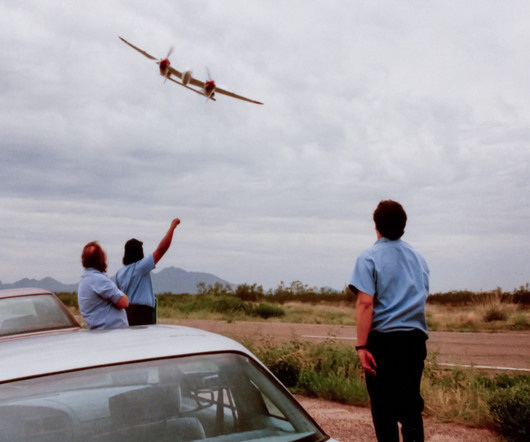








Let's personalize your content